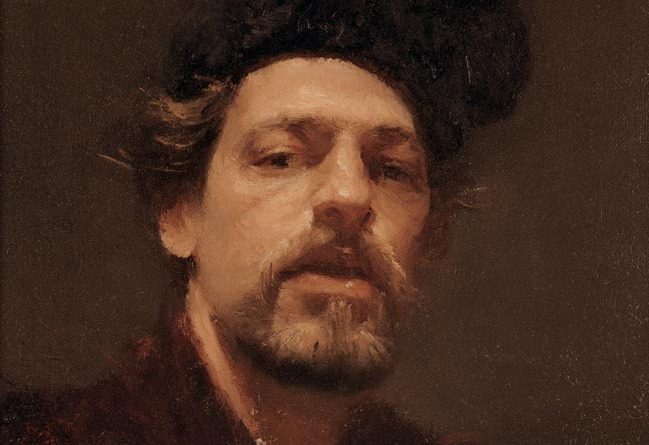Edges in Painting
How do I guide the viewer’s eye through a painting? How do I control soft and hard edges? When does the brain rest on a hard edge and travel over the soft edges in a painting? The use of edges in painting is the subject of this blog. How do I achieve hard edges? Where do I use a softer edges? These are technical problems that often baffle painters.
What do hard and soft edges do in a painting?

“Edges help the painter convey the illusion of three-dimensional form on a flat canvas.”
“There are two kinds of edges – hard and soft. A hard edge is clear and distinct, a soft edge is fuzzy.”
“The light on the lit side of an object does not start darker, but it does start crisply. When light hits a surface, it is as lit up at the edges as it is inside.”
“Edges are wonderful. You can paint a flat plane, then by just varying your edges, you can achieve a dimensional quality.”
“A soft edge shows continuity. The softer the edge, the duller the look. A hard edge shows ending. The harder the edge, the more riveting your painting is in that area.”
–David A. Leffel , excerpts taken from Oil Painting Secrets from a Master.
To learn more, watch my short interview with David about edges.
To learn more, watch this Free Video!




Leave a Reply
You must be logged in to post a comment.